I’ve been a fan of Kate Beaton’s work for years, starting with her genius webcomic Hark! A Vagrant, which covers, among many other things, 19th century novels, ludicrous superhero costumes, Canadian history, weird Nancy Drew covers and Shetland ponies. It is—along with Mallory Ortberg’s columns on The Toast—the funniest thing I am aware of on the Internet.
When some of Beaton’s comics were collected as a book in 2011 I put it on Time’s best of the year list. This month she’s publishing her first children’s book, The Princess and the Pony, about a warrior princess and the pony she gets as a gift, who is not a warrior pony. She also has another comics collection coming in the fall.
Beaton is Canadian—she grew up in a small town on Cape Breton Island, which is part of Nova Scotia. Once, at a books festival in Vancouver, I attempted to introduce myself to her, but it turned out to just be somebody who looked like her. Now I’ve actually spoken to her on the phone. She was staying with her parents, who still live on Cape Breton Island.
TIME: So what do your parents do? I assume they’re not Web cartoonists too.
Beaton: No. (laughs) Though they finally kind of know what I do. My mom worked at a bank, and my dad was a butcher. They both retired this year.
A butcher, that’s amazing. That was before it was even cool to be a butcher. Now it’s like a hipster thing.
I guess so. There’s only one store in my town, and he was kind of the meat manager. My grandfather was the person you’d call if you wanted to slaughter one of your animals, so he kind of grew up the old-school butcher way, then he worked in a grocery store.
So how did you become a cartoonist?
Well, I always drew. And was encouraged to do so by my parents. I didn’t think there was going to be any money in that, so I went to school for history and anthropology, and I was going to work in museums. But I did comics for the student newspaper, and this was like the early 2000s, when graphic novels were becoming a bigger thing. You could see that cartooning was something you could kind of keep up. So I just did. And I put the comics online, and they spread through word of mouth, and when they reached a certain point I thought, well, I’ll give this a shot.
That was when webcomics were still a new thing. I can remember writing a story for Time about PvP and Penny Arcade and these webcomic things people were doing.
They were the real trailblazers. People like me really benefited from the work that was put in between the late 90s and the mid 2000s, by those guys, establishing a business model that works. Me and my peers kind of rode hard on those coattails.
This is embarrassing but I’ve never really known what Hark! A Vagrant meant.
Oh, it doesn’t mean anything! I needed a title for the comic. It used to be called katebeaton.com, and then I wanted to remove my name from it, because it seemed a bit grandiose. I just wanted a title that didn’t mean anything but also sounded a little bit bizarre and archaic, a little bit funny. It’s one of those things where you make a decision and then you live with it forever. For a while I was like, I kind of wish I named it something normal.
That makes me feel better. I thought it was a joke I wasn’t getting. Tell me about the pony, of The Princess and the Pony, because the pony’s been around as a character for a while.
I think I first drew the pony in 2008. That’s really soon after I started making comics. And it has always struck a chord with people. You can’t predict what will and what won’t, but the pony was just unprecedented. I don’t know—it’s round, it kind of looks like a pig. I get so many emails with pictures of tiny horses. Whenever people go on vacation and they see one, or there’s one on the news, I get a bunch of emails.
Was there a real life pony that you were drawing a picture of?
No! I took an anthro course, and we took a trip to the Shetland Islands, and there were ponies there. And it was like a dream. They’re so small! Everything there is small. Their sheep are smaller. It’s a place after my own heart. And the horses are fantastic. You’re on the Shetlands, and you’re minding your business, and then you turn and there’s this tiny pony behind a fence. And like nothing prepares your heart for what it feels at that moment. In the book the princess gets the pony as a gift, for her birthday, and at first she thinks, oh God, this is not what I asked for, this is not what I want.
The pony was on Adventure Time, which is amazing. How did that happen?
Adventure Time is full of a lot of friends, peers, people that you know, and they kind of pull references from a lot of places. It’s something like a sharing economy of ideas and art. Pen just told me that they were gonna do that, and I said that’s fine. It was really simple. And he’s purple in the show! It just showed up there. I think a lot of things just show up there.
And then it turns out at the end of the episode that it’s not even a real pony.
Yeah. It’s a wizard. (Laughs) I’ll take it.
And what about Princess Pinecone, did she already exist before you wrote the book?
She was created for the book. I was going to make it the story about the pony, but it’s kind of like an inactive thing, and there has to be an active character, and you’re talking to kids, so it’s probably going to be a kid, and I’m from a family of four girls, so for me it was probably going to be a girl.
And then there was the princess thing, which I had debated, because there’s so much princess stuff out there right now. But when I was a child I really, really liked princesses, and I don’t think that—I remember it was my choice as a child, I loved princesses, it was my choice. Of course things are being sold to you, because a lot of stuff is being marketed at kids, but I loved them, I just did, I drew myself with the cone hats and the dresses and everything.
And so I thought, if I’m going to make this story about a princess it matters a lot who she is and what she wants and what she’s all about. So her name—a lot of princesses are called flower names, like Rose or whatever, so I picked one that was kind like a flower but not really. A little bit more prickly, a little bit off center. And I thought it suited her very well. I mostly wanted a book that would make kids laugh.
And this pony is this kind of inactive, doe-eyed character, in a lot of ways, so the best thing to do would be to put that pony in a world where there’s nothing but action. Everybody just loves battling with each other. It’s a rough and tumble world and the little princess, Pinecone, she wants to be part of it. She wants to get her piece.
So she’s quite an atypical princess, as princesses go. She looks quite different. She’s short and stocky, not that kind of classic elongated Disney body type.
Yeah. So am I. Someone called me burly once and I thought, well, I’ll take it. That’s also I how I draw kids, they tend to be these weird round like Campbell’s soup kids.
So in the world of the book battling is just kind of the general occupation for people?
It’s this weird nonsense world. It’s not full of Vikings, it’s full of whoever—whoever wants to be there, and that’s what they like to do. But they hit each other with like pool noodles and things, which is another thing that kids do, they get in fights with objects that are supposed to be swords but they’re not, and nobody gets hurt. Princess Pinecone’s not afraid, and her size doesn’t really bother her very much, she’s just gonna go for it.
I wrote it really fast, it just seemed like a natural thing. She gets this present she doesn’t exactly want, but we’ve all had that. Parents always do that, they listen, and they’re like oh, yeah, a bike, and they get you the thing that you asked for but not really. But they’re so happy to give it to you! A lot of it is modeled in a strange way on myself, I guess: when I was little I had a lot of those sweaters that just had random stuff written on them, I remember I had a shirt that just had a bunch of bears on it, and it just said exercise on it. It made no sense. I feel like there were these factories just outputting these weird random shirts that kids were given.
So she wants a warrior horse, and she gets the pony instead, because her parents don’t really know. But it’s a story about love in the end, because her parents love her, they want to support her. They show up for the battle later on and they’re cheering for. She understands that it’s not exactly what she asked for, but she makes the best of it. And then it turns out to be the best gift of all, which also happens, because you treasure those things, because of the love that was behind them.
I have two daughters, so I’ve spend a lot of time looking at princess stuff.
When it’s happening, when they’re into princesses, they really are, and you don’t feel like some adman came over and was like, wouldn’t you like this? They choose it, and they choose it hard. That’s interesting to me. I can’t remember ever thinking, God I can’t wait for some prince to scoop me up. I think princesses are just these characters—they’re young, they have a lot of choices, they have autonomy, people listen to them when they talk. They do get to dress nice, and they do get to have ponies. There’s a lot kind of going on there for that archetype. You can see why little girls, or little boys, anybody gets into it. It’s just this tiny powerful person.
Was it different making a book instead of a webcomic?
Oh, yeah. A webcomic—for one thing, I make it, it’s short, I put it up, it’s complete, people write LOL in a box and send it to me, and I’m like, good, job done, amazing. And if it’s bad I just make another one. But this picture book, it’s forty pages, and it has to be a good story, it has to be good art, it has to cater to this brand new audience that I had never really talked to before. It was a learning curve, for sure. A lot of people think they can write children’s books, but when you get down to it, it’s actually quite hard. There’s a lot of story packed into that book, and that was the hardest part. They say that you’re supposed to be able to pitch your book summary in an elevator? The elevator pitch? And I can’t do that. We’d have to go up and down the elevator a few times.
My kids like the book, but they’re especially obsessed with all the different sweaters in it for some reason. Even on the endpapers, where the pony’s wearing all different sweaters. They’ll go through each different pony and talk about its sweater.
That’s another great thing about kids. You can be like, kids’ll love this! And then they’ll zoom in on some random detail, like in the back corner, and they’ll be like, that’s my favorite thing. That’s why Richard Scarry’s books were always so good, there’s so much happening. I don’t know if I could do a Busytown type of thing, but I guess mine falls somewhere in between. It’s not like Jon Klassen pristine, but it’s not Richard Scarry busy.
Did you test-drive the book on some kids before you turned it in?
No. But I have a nephew now, he’s a baby, he’s amazing, so I’m trying to write this next book about a baby. I spent some time with him, tried to understand his baby ways. Which are mostly just putting things in his mouth.
See 10 of Art Spiegelman's Best Social Commentary Cartoons
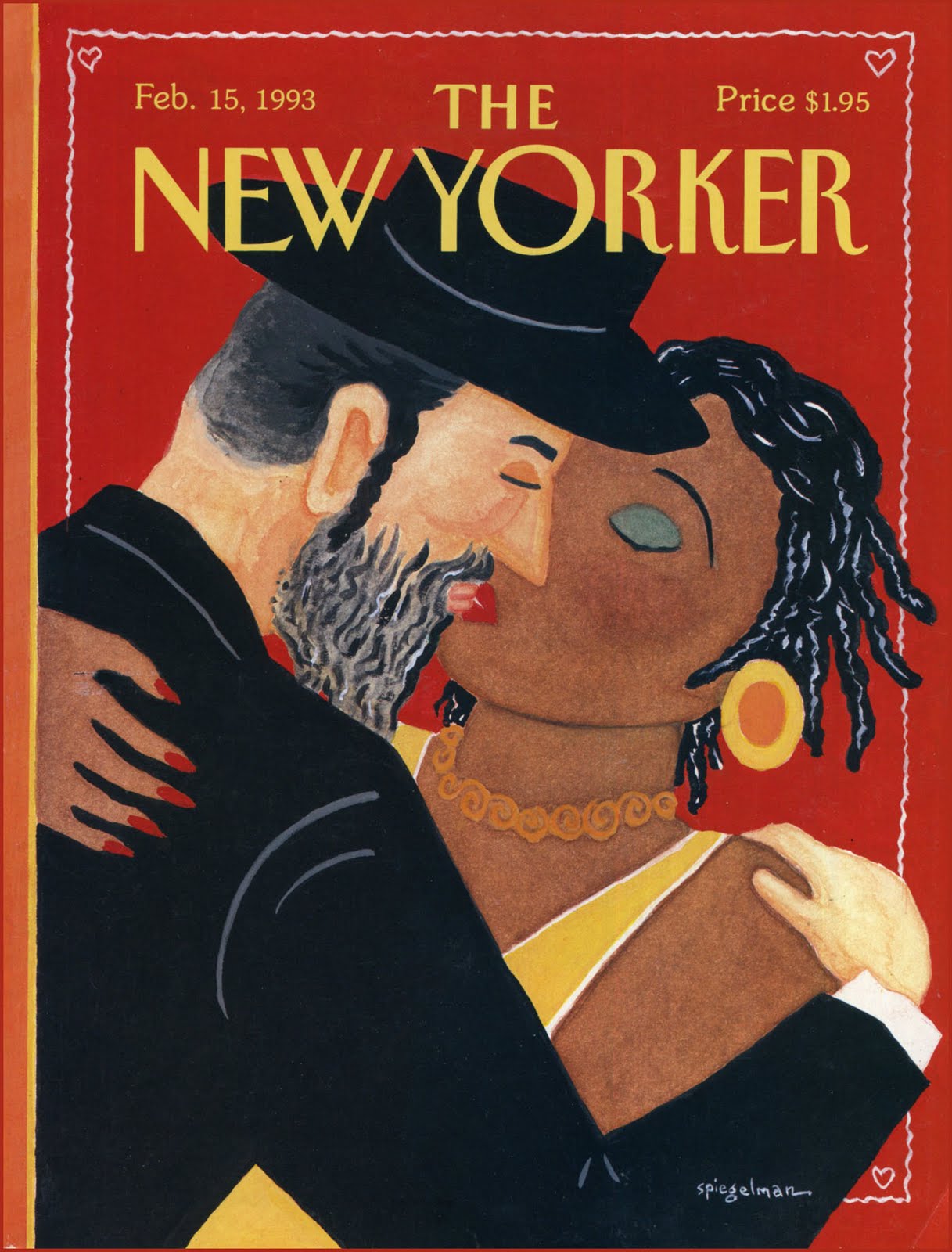

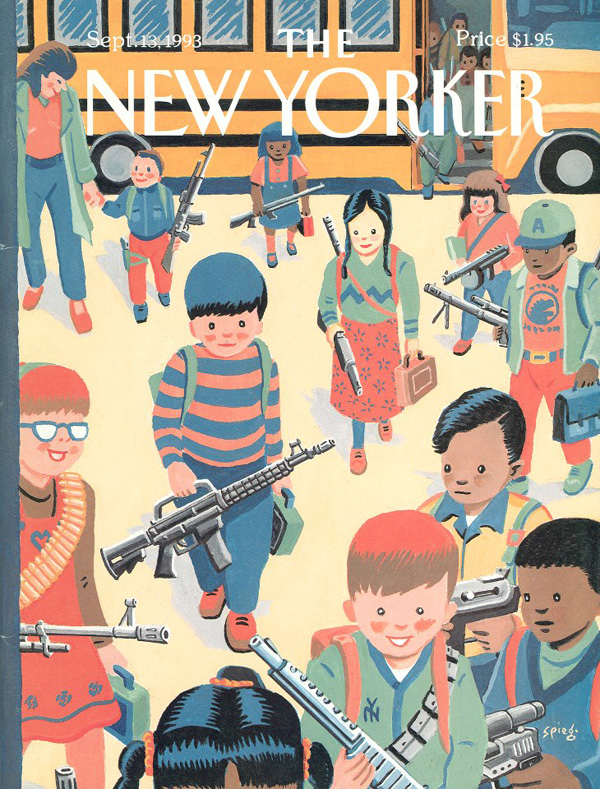
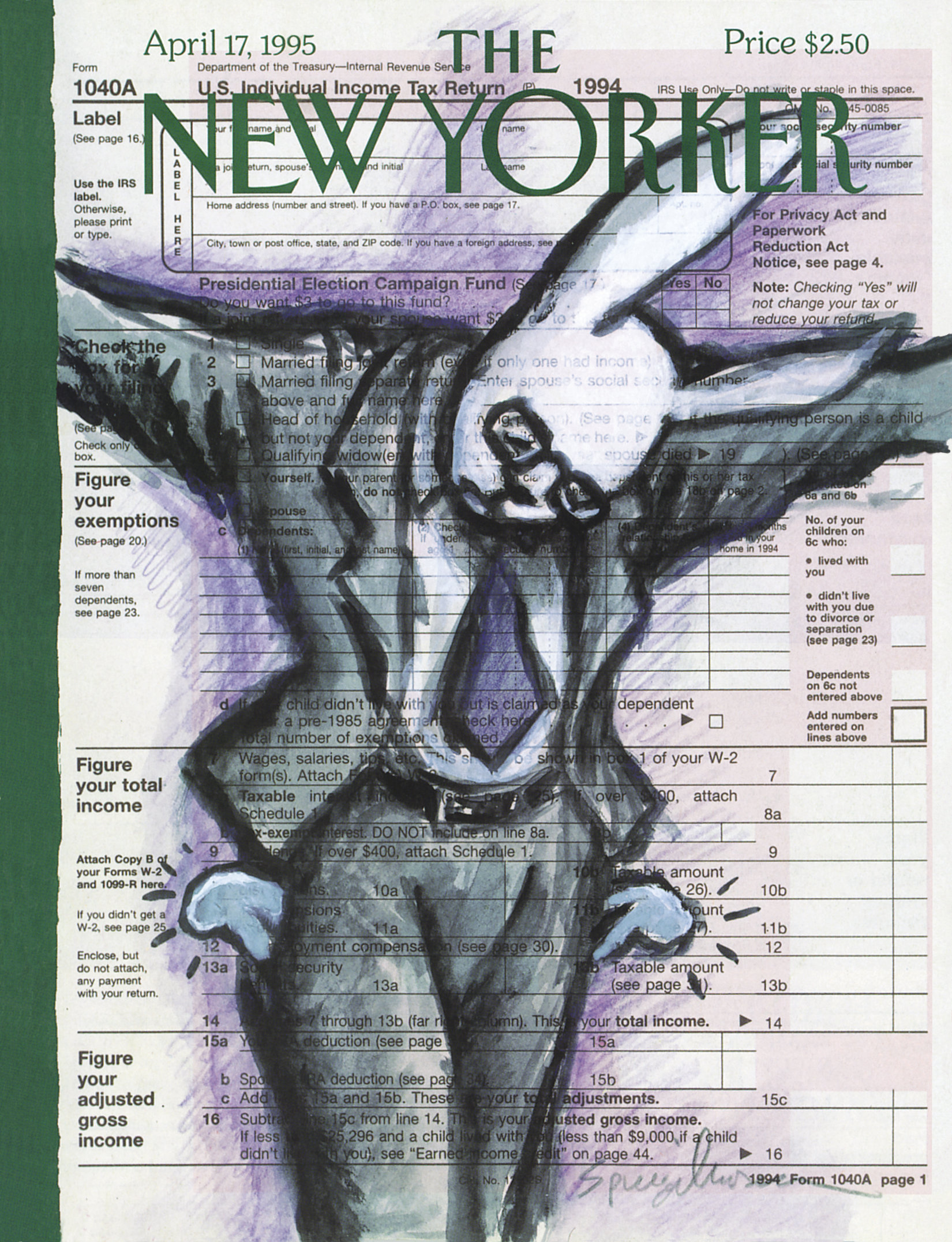
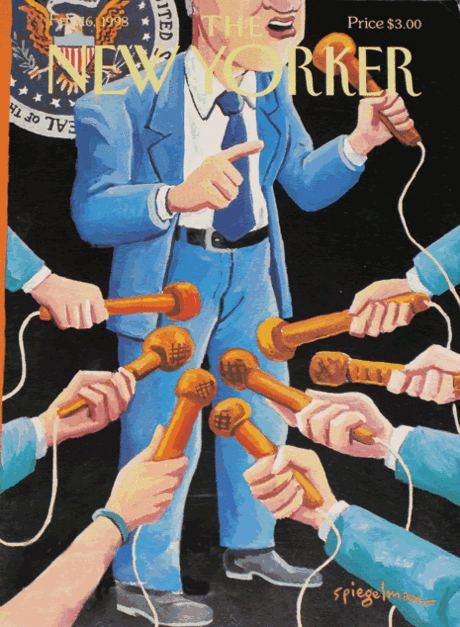


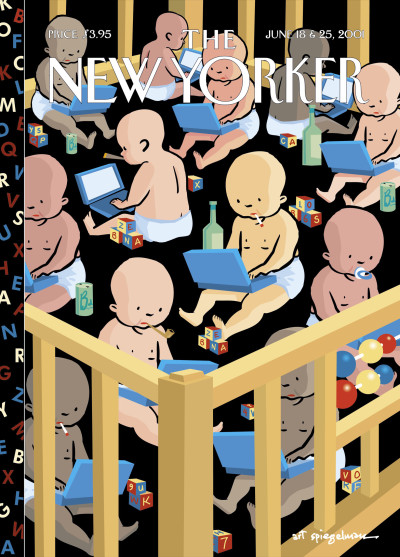
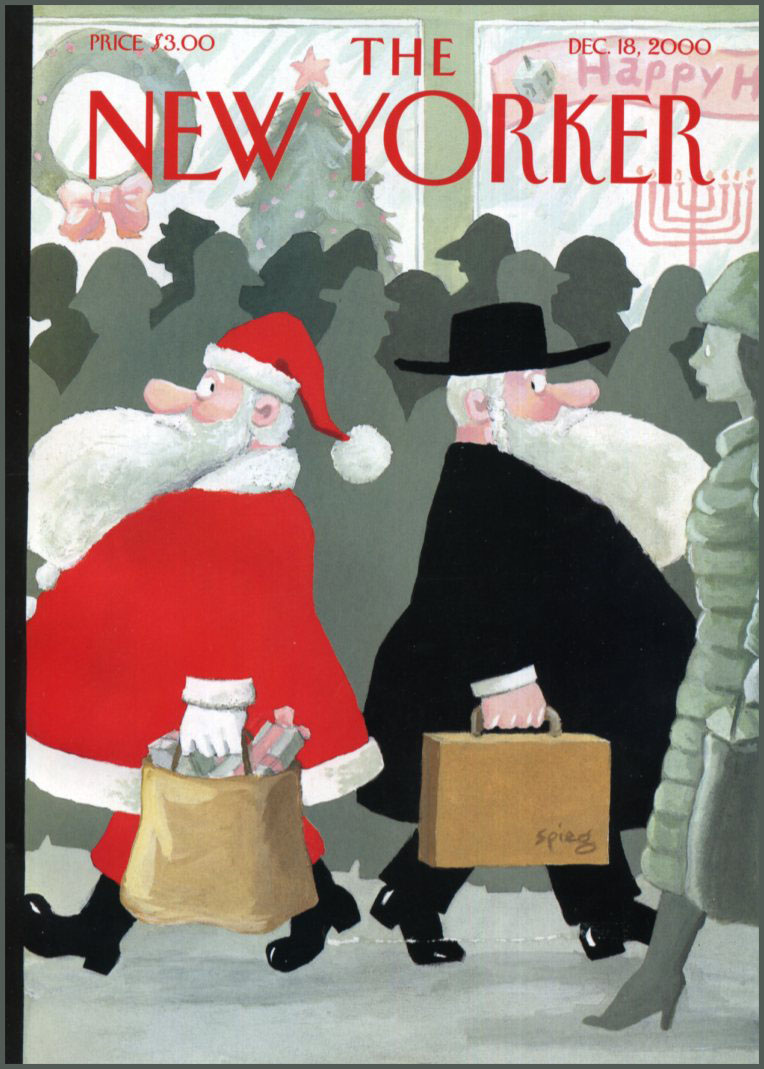
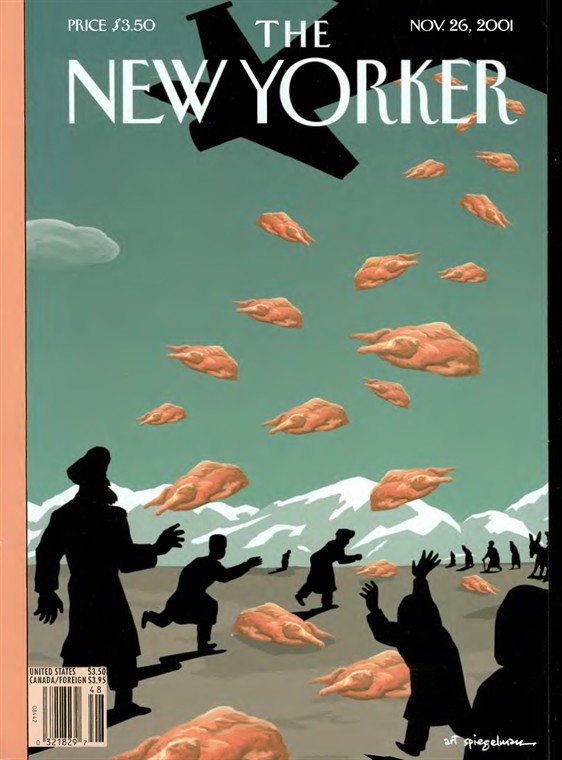
More Must-Reads from TIME
- Why Trump’s Message Worked on Latino Men
- What Trump’s Win Could Mean for Housing
- The 100 Must-Read Books of 2024
- Sleep Doctors Share the 1 Tip That’s Changed Their Lives
- Column: Let’s Bring Back Romance
- What It’s Like to Have Long COVID As a Kid
- FX’s Say Nothing Is the Must-Watch Political Thriller of 2024
- Merle Bombardieri Is Helping People Make the Baby Decision
Write to Diane Tsai at diane.tsai@time.com